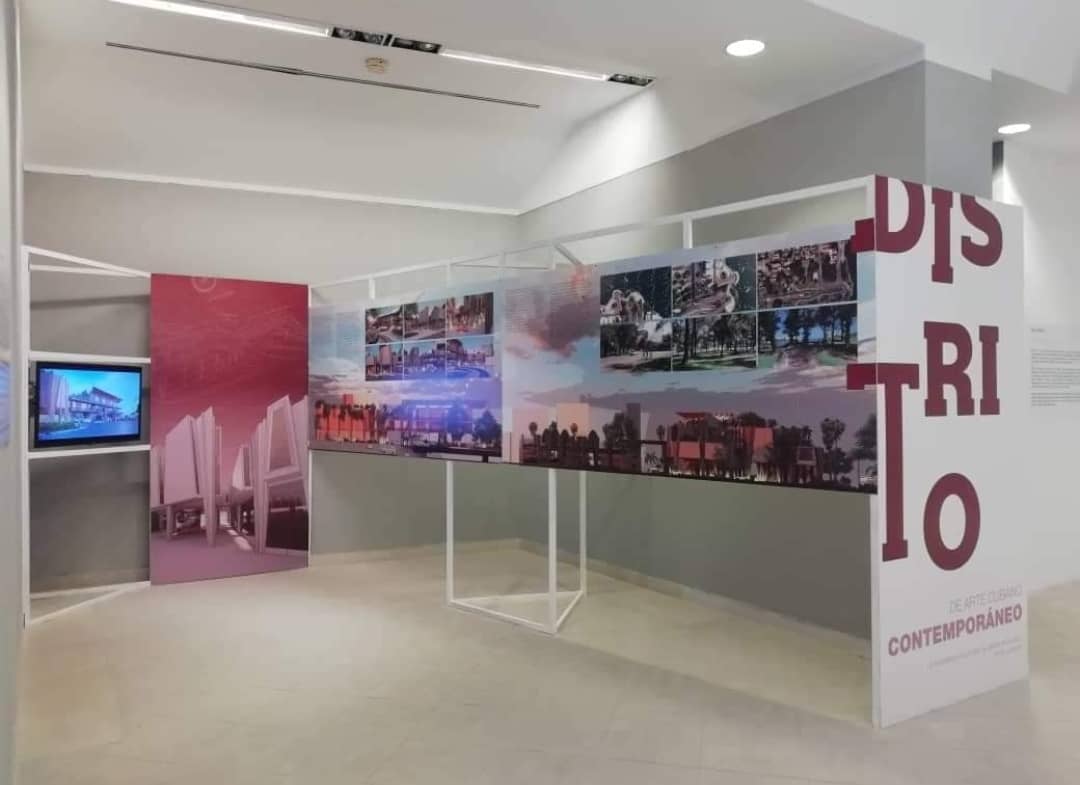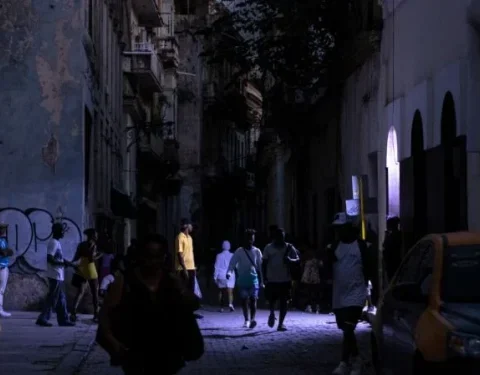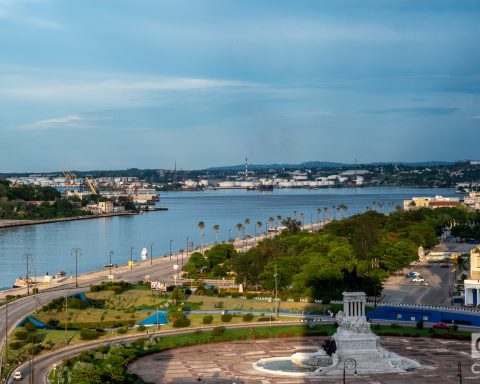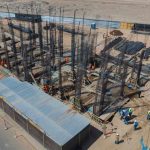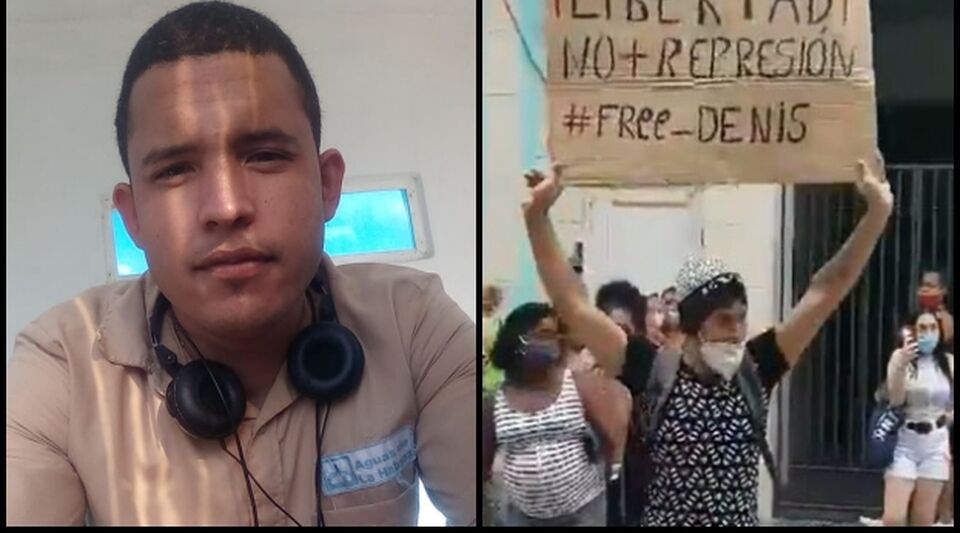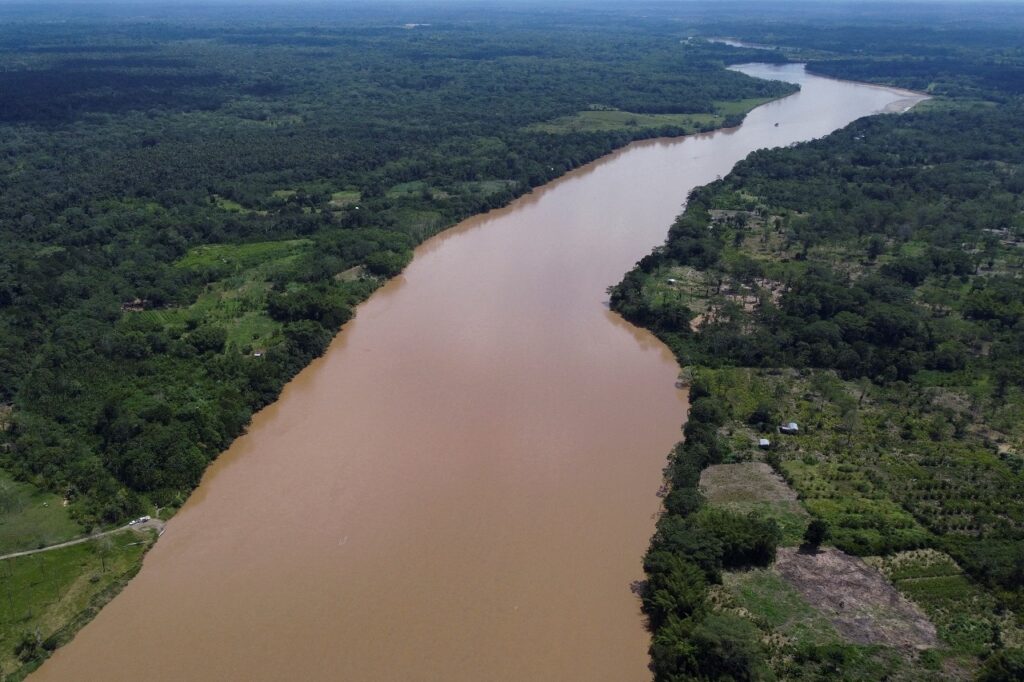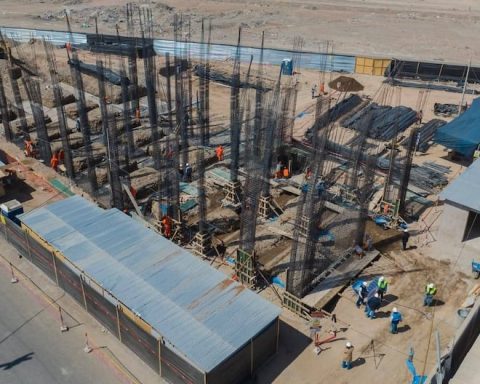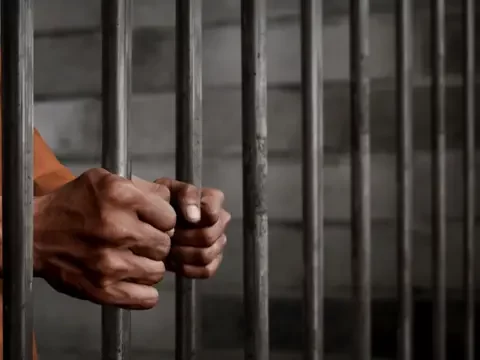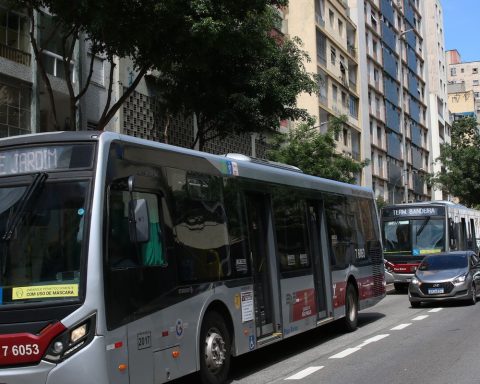The idea of creating a Museum of Contemporary Art (MAC) in Cuba has been around for years, a project that has been under discussion for around 10 years due to the urgent need for a space that brings together the work of Cuban visual artists from the last three decades.
This desire was the driving force behind the sample From the real museum to the imagined museum MAC-Havanawhich is being exhibited these days in the Universal Art building of the National Museum of Fine Arts (MNBA), an exhibition that starts from the dream of architects, curators, researchers and visual artists to create a physical space according to the demands that an institution demands of this kind in the modern world.
Seven teams of architects formed five projects based in the Cuban capital to “land” proposals for buildings and better places where the MAC could have its headquarters, which seems urgent given the “imperative will” to have a center of these characteristics. , in the words of Jorge Fernandez Torresdirector of the National Museum of Fine Arts (MNBA).
One of these projects was presented by the Choy-Leon Studya job in the Puerto de Regla ring zone; H(R)G_Architecture addressed the proposal of how to convert the Talla-piedra area into a museum; U+D Architecture and ARO Studio carried out a project related to the contemporary art and the urbanity in the industrial zone of the silos of Regla; Appropriate Study Y DCero devised a museum initiative on the convergence zone between the sea and the Cruz River, at the mouth of the Almendares River, while AD Urbis He presented a radical project of seeing the museum as a public space, through a tool that allows analyzing which area of the city would be most suitable for implementing a MAC.
The exhibition also serves to pay homage to Cuban architecture, which in recent years has suffered little recognition from the country’s authorities, who still do not even validate it as self-employment activitylimiting the legal and economic benefits that it would mean for architects to be able to carry out their work freely in the country, even despite the fact that architecture is considered an art.
Beyond this inconvenience, the imagination of the teams takes free rein in the exhibition, with ideas of adaptation of old buildings, restructuring of spaces and the free creation of a center according to the most innovative concepts in architecture and culture, always considering the environment in which the long-awaited museum project would be located.
Apparently in the exhibition, the MAC is more —much more— imagined than real at the moment, although the very architects in charge of the exhibition explained that their projects are not the result of a tender, for which it is understand that their proposals are nothing more than projections of a utopia, for the time being.
On the other hand, if in the context of the exhibition homage is also paid to art schools, framing them as dynamic spaces for culture and artistic creation, as a kind of seed of contemporary Cuban art, why not also include research related to the MAC, or to the evolution of some of the proposals presented in the sample?
Without detracting from the importance of art schools and their architecture, it would also have been convenient to present other initiatives to revitalize culture in Havana related to contemporary art and architecture, such as the case of the Cuban Art Factory, which at the time The Centro Bahía project by Felipe Dulzaides, guest artist in this exhibition, the Chullima workshop by the artist Wilfredo Prieto, including the project of MAC SAN, created in the municipality of San Agustín during the XI Biennial of Havana in 2012, just to mention a few references.
The first strokes
Outside of what can be seen in the exhibition, the idea of a MAC in Havana has been around among architects for about a decade, so the show is not an exercise that emerged recently at the request of the MNBA leadership.
Two studies published in the journal architecture and urbanism They bring us closer to the origins of the idea of a Museum of Contemporary Art in the capital, and even to the current exhibition that houses the Universal Art building of the MNBA: “Design requirements for a museum of contemporary art in Havana” and “ Study for the location of a contemporary art museum in Havana”, fundamental articles to understand the current moment of the projects that we can appreciate today.
In the case of First textwhich dates from 2013, collects a whole series of patterns, requirements and proposals on how a Cuban modern art museum should be structured, considering national and international counterpart institutions, to promote debate and future solutions of what could be considered a museum of these characteristics, according to the national creation and the culture of the Island.
In addition, the text seeks the experience of various specialists (architects, curators, artists, museologists, etc.), to offer an ideal concept beyond the architectural construction of the building, a necessary aspect when conceiving a center of such magnitude, in a country where the production of visual arts in recent decades demands a unifying space that functions as more than a rigid warehouse for art collections.
On the other hand, following the idea of the construction of the building or buildings of the institution, the article deals mainly with the possibility of creating a new construction from scratch, considering that the adaptation or remodeling of old constructions could limit architectural creation. , in addition to the fact that a new building would be more in keeping with the novel and current character of a modern art center, as suggested by most of the cases studied.
“Study for the location of a museum of contemporary art in Havana”, published Just one year later, in 2014, it focuses its attention on the best area of the city to implement the MAC project in the capital, considering macro and micro-location factors such as the impact on the area, urban accessibility, the availability of the area, the population structure, environmental conditions, complementary services, among other issues.
In this way, seven areas of the city were the most suitable, some coinciding in the most recent proposal, such as the cases of Regla and Casablanca, the area of the mouth of the Almendares River and the mention of the Old Thermoelectric Power Plant of Tallapiedra, in addition of other areas of interest added by the study, such as the Las Murallas district, which includes the San José Warehouses, La Rampa, in Vedado, the Monte Barreto development zone and the surroundings of the Plaza de la Revolución, where even Judging by the banners that surrounded that empty space on Paseo Avenue years ago, the current area where the local development project “La Manigua” is being built was thought of as a space to build the MAC.
The preliminary analysis expressed that the area of the mouth of the Almendares and the end of Calle Línea is the most suitable for establishing the center, which would adjoin important cultural facilities already established such as the Cuban Art Factory, the Línea exhibition center and 18 belonging to to the Cuban Fund of Cultural Assets, the House of Green Tiles, the “Karl Marx” Theater, in addition to consolidating the project of the Great Metropolitan Park of Havana, giving Vedado and the surroundings of Miramar another life, a whole sociocultural environment that It would also give another life to the deteriorated Havana River.
Maintaining the dialogue with these investigations would have been another tribute to the work of the architects, who have spent years imagining the rescue and maintenance of the urban and architectural framework of a city that dreams of another life, with more than 500 years of history behind it.
From dream to reality
How real is it to build a Museum of Contemporary Art in Havana? Perhaps the most important question of the exhibition, for which, at least at the opening, no answer was obtained from the protagonists of the exhibition, so it seems that the dream will be postponed even more.
Although it was clear from the beginning that it was not a tender, therefore the projects are only limited to the creative imagination of the architects, the sense of reality remains very far away in this exhibition, where we can only appreciate what is imagined, despite the fact that the need to have a center of this type in the country continues.
Proposals more focused on what is possible would make more sense when designing an exhibition where the public expects to appreciate a more realistic project or one related to the current economic, social and cultural conditions of the country, in terms of the location of the art center.
A proposal in the context of the Line Street Cultural Corridor, or in the neighborhood of San Isidroor that it used the space of the “San José” Warehouses in the area of Puerto Viejo in the historic center of Havana, even the area of the Bay of Havana, would have given up, because they are areas already designed for urban development from the cultural dynamization, instead of using other disused territories to readapt them for other purposes totally opposed to their initial conception.
Either way, From the real museum to the imagined museum MAC-Havana shows us —sadly— how far we are from conceiving a modern institution for contemporary Cuban art, a claim that should not take longer in order to avoid the loss of the country’s artistic heritage, which is already scattered enough to continue wasting time on utopias, very far from materializing what was imagined in a real project.
It is evident that there is talent among artists, specialists and architects, with an immense desire to work on the future of Cuban art, an opportunity that we must seize not only to give the fair recognition that Cuban architects deserve, but also to make the leap to modernity, beyond an imagined plane.
